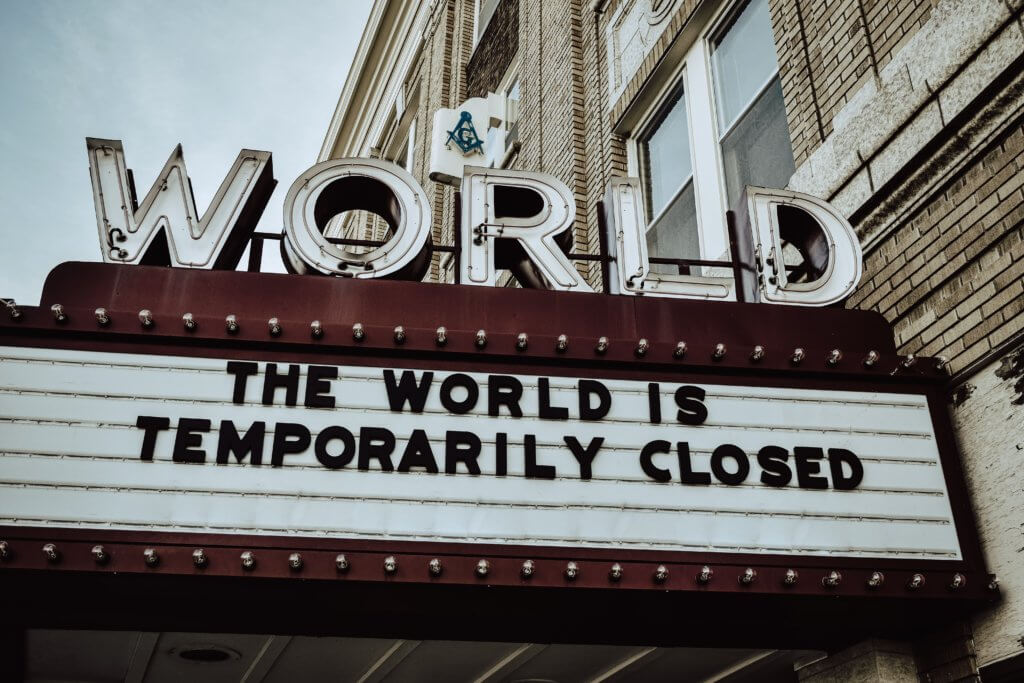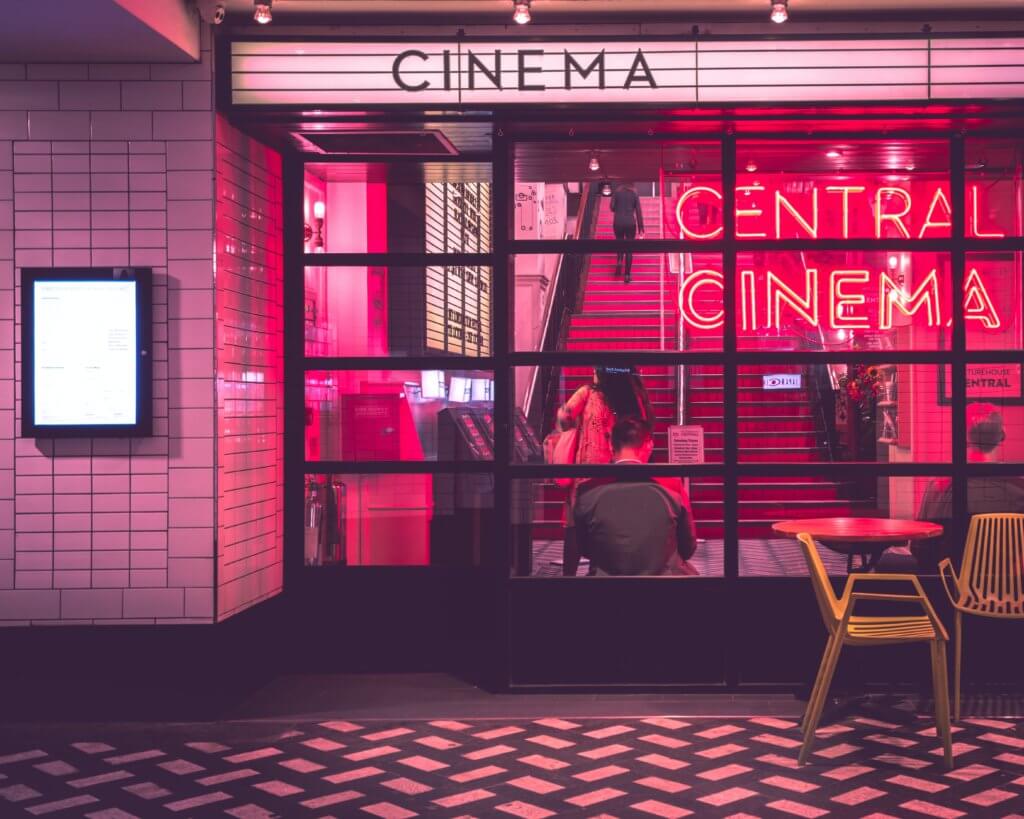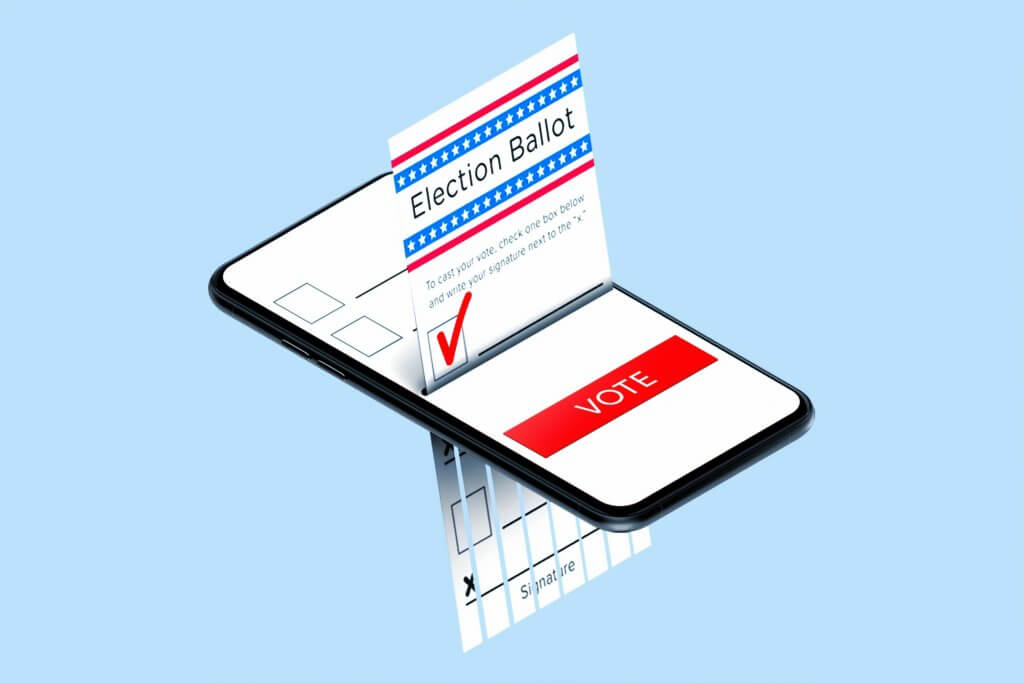5 Social Insights Marketers Need To Know About Holiday Movie Season

With Wonder Woman 1984 the only major new release with a possibility of being released into theaters in 2020, it’s safe to say that the holiday movie season is looking unrecognizable compared to past years. Almost every big budget film has either been pushed into next year or is debuting on a streaming service, and […]
What The Movie Industry Can Learn From TV About Social During The Coronavirus

Since the pandemic started, it’s been a period of unprecedented challenges for the film industry, with theaters either shut down or opening at a reduced capacity. While the television industry has faced the exact same setbacks in terms of filming new content, because of the at home distribution model, television has been releasing more content […]
How Brands Are Using Social Media To Talk About The Elections

It’s less than a 100 days until the Presidential election occurs, and we wanted to check in with brands to see how they’re using their social media channels to promote getting out the vote campaigns. While it wasn’t necessarily a frequent topic of conversation among brands, of the 485 Top Advertiser Brands we looked at […]
How Is Ralph Lauren Increasing Engagement While Consumers #StayHome?

Ralph Lauren Home’s Instagram engagement is up 300% from March compared to April with May showing promising results as well. With many other industries experiencing a decrease in engagements and post volume during quarantine, Home Furnishings and Ralph Lauren Home are the opposite. This is how they did it: The home furnishings industry collectively experienced […]
